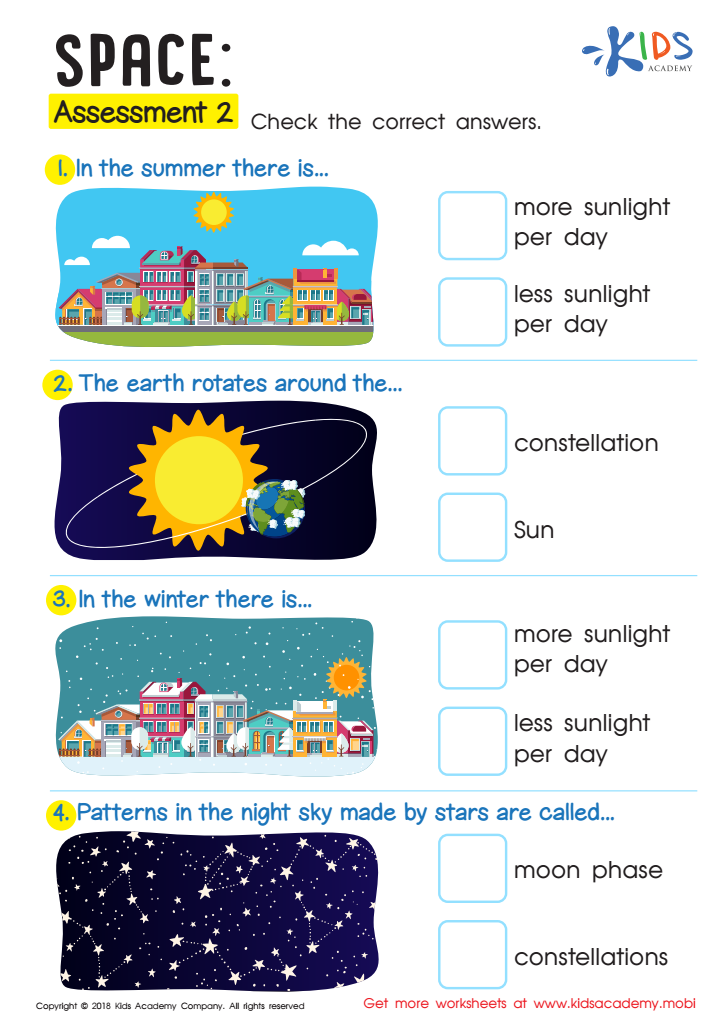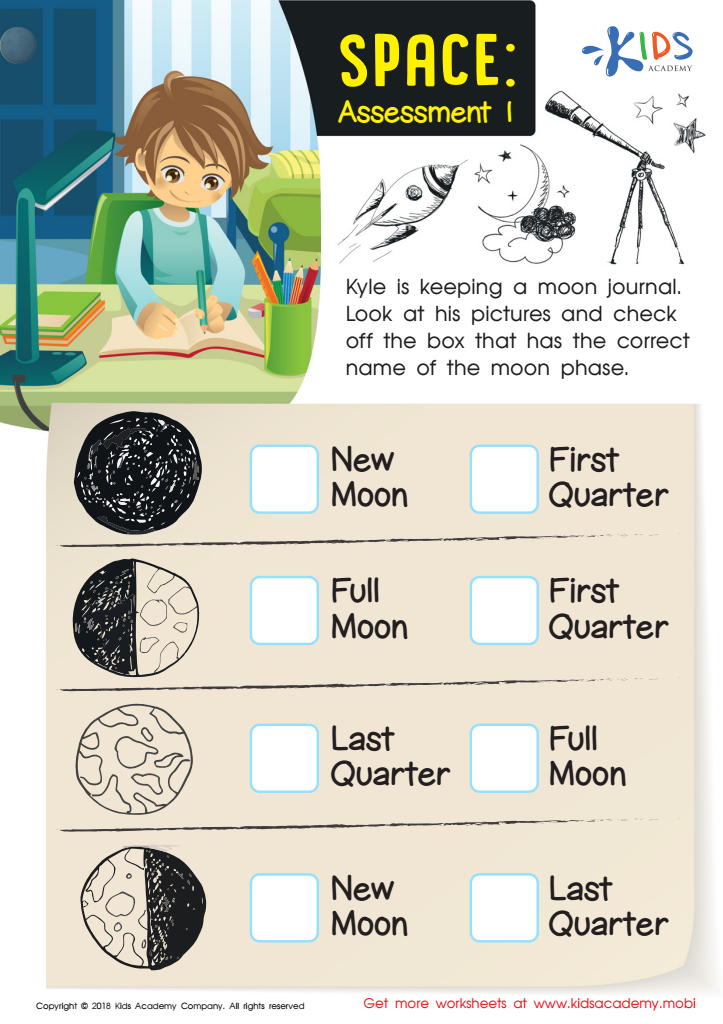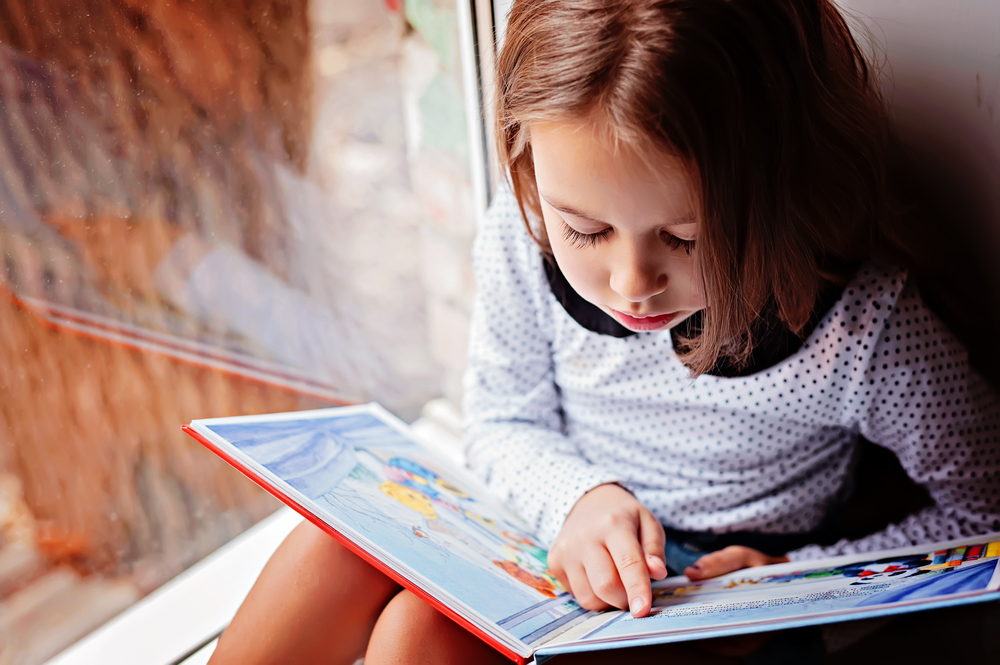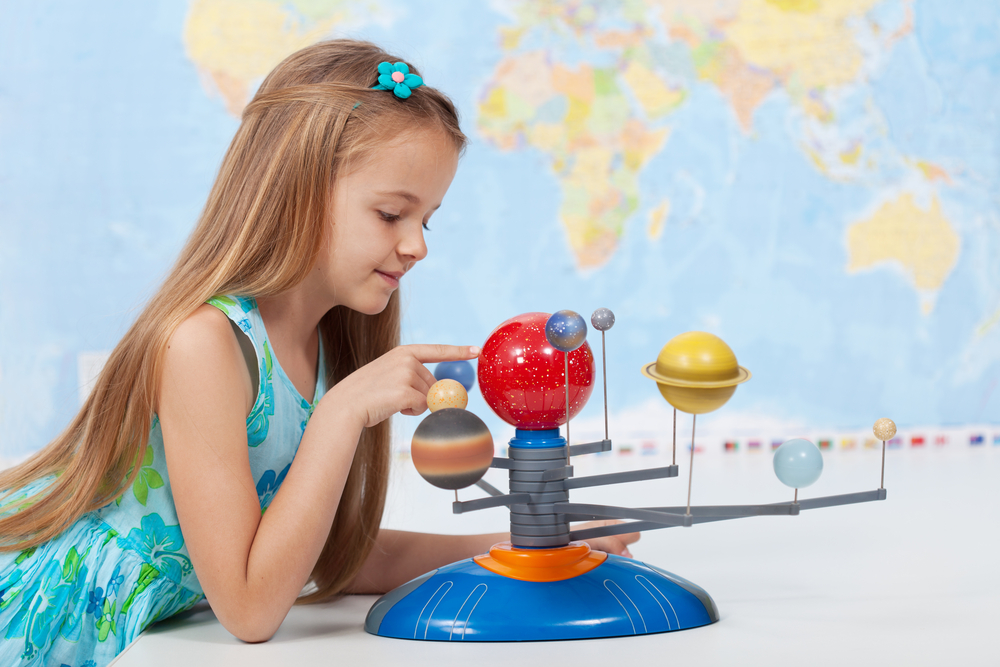Engaging Space-Themed Knowledge Check Activities for Kids Aged 6-7 - Explore Printable Worksheets Online | Kids Academy
2 filtered results
-
From - To


Space: Assessment 2 Worksheet


Space: Assessment 1 Worksheet
Normal Space worksheets activities offer a unique and engaging way for learners of all ages to explore the vastness of outer space, understand celestial phenomena, and develop a keen interest in astronomy and astrophysics. These activities, carefully designed to suit various educational levels, provide a structured yet imaginative approach to learning about the universe beyond our planet.
First, Normal Space worksheets activities encourage critical thinking and problem-solving skills. As students navigate through questions and exercises related to space, they are prompted to think critically about complex concepts such as gravity, the life cycle of stars, and the vast distances between celestial bodies. This not only enhances their problem-solving skills but also nurtures a scientific temperament, fostering a deeper appreciation for the mysteries of the universe.
Second, these activities are versatile teaching tools that cater to diverse learning styles. Whether a learner thrives through visual aids, hands-on experiments, or reading and writing tasks, Normal Space worksheets activities offer a variety of approaches to engage with the content. This inclusivity ensures that every student has the opportunity to connect with the material in a way that resonates with them personally, enhancing their learning experience.
Furthermore, integrating Normal Space worksheets activities into the curriculum sparks curiosity and imagination among students. The vastness of space and the intriguing phenomena that occur within it naturally captivate young minds, prompting questions and inspiring them to explore further. This curiosity leads to a lifelong love of learning, not just about space but about all scientific endeavors.
Lastly, these activities provide a foundation for interdisciplinary learning. Concepts learned through Normal Space worksheets can be connected to subjects like mathematics, history, literature, and art, illustrating the interconnectedness of knowledge and helping students to see their learning in a broader context.
In conclusion, Normal Space worksheets activities offer a multifaceted approach to learning that is critical for developing a comprehensive understanding of space. They foster critical thinking, cater to diverse learning preferences, ignite curiosity, and encourage interdisciplinary connections, making them an invaluable resource in any educational setting.

 Assign to My Students
Assign to My Students




















